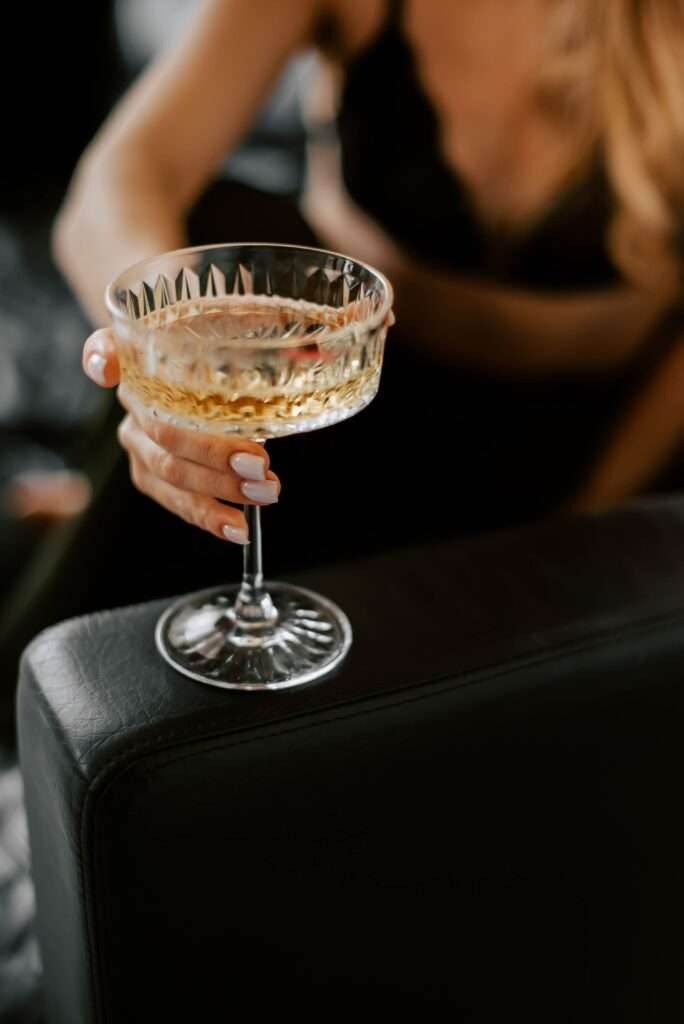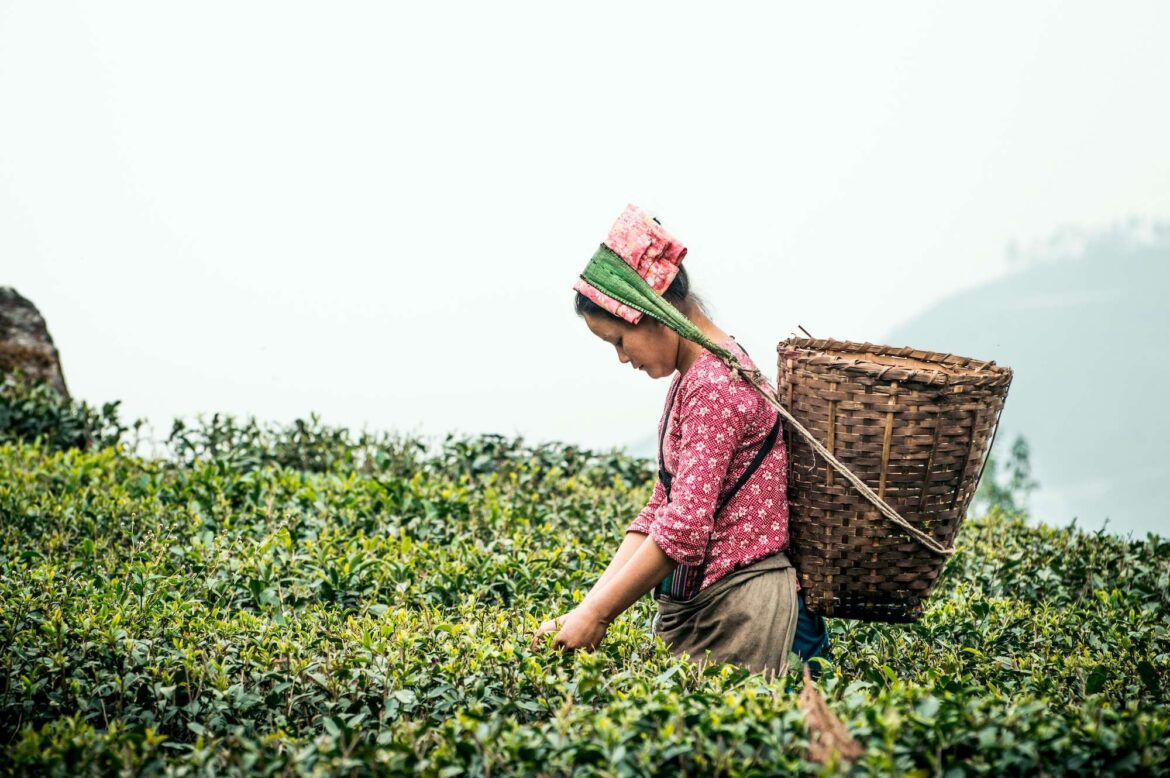As Japan’s matcha growers seek official recognition, they join a long lineage of producers whose names — such as Champagne, Harris Tweed, Parmigiano Reggiano — are protected by law.
In Japan, the powdered green tea known globally as matcha is now at the intersection of tradition, global demand, and legal identity. With exports surging and a key growth market emerging overseas, producers and regional associations are moving to secure formal origin protection. In July, the Kyoto Prefectural Tea Chamber applied to register tencha — the shaded tea leaves ground into matcha—under Japan’s Geographical Indication (GI) system. The proposed designation would ensure that only tea produced in Kyoto Prefecture from hand-picked first-flush leaves could carry the certification mark.
The push comes amid mounting pressure on supply. Severe heatwaves in Japan’s tea-growing regions have slashed yields and driven up prices. Kyoto’s farmers reported a 25 percent drop in tencha harvests as of July, while consumer demand has surged globally. The matcha market is projected to reach about $5 billion by 2028. For producers, a legal designation represents more than prestige. It is a strategic tool to protect authenticity and value in a market increasingly crowded with imitations.
 Bella Hadid spotted with iced matcha in New York
Bella Hadid spotted with iced matcha in New York
Unlike Champagne or Roquefort, which are tied to specific locations and centuries of regulation, the word matcha means “ground tea.” The term just describes a routine processing method, “like the ‘cheddaring’ of dairy curds which gives cheddar cheese its un-trademark-able name,” one report notes. Securing a GI for matcha means building a legal and cultural narrative around place, process, and tradition, particularly in Kyoto, Uji, and Nishio, which have produced shaded green teas for more than eight centuries.
The move follows a broader global shift. Traditional origin protections once reserved for wine, cheese, and spirits are expanding to encompass foods, crafts, and agricultural products vulnerable to imitation. Japan’s Ministry of Agriculture, Forestry and Fisheries (MAFF) currently maintains about 130 registered geographical indications, including Kobe Beef and Yubari Melon, and has encouraged regional industries to pursue more. As matcha’s reputation becomes both cultural export and commodity, its producers are betting that legal origin protection will become essential to sustain credibility in the next phase of its global boom.
Geographical Indications
A geographical indication (GI) is a legally protected name that identifies a product as originating in a specific location where a particular quality, reputation, or characteristic is essentially attributable to that origin. The European Commission defines it as “a name which identifies a product as originating in a specific place, region or country where a given quality, reputation or other characteristic of the product is essentially attributable to its geographical origin.”
GIs operate as intellectual property rights based on geography rather than brand ownership. They are recognized under the World Trade Organization’s Agreement on Trade-Related Aspects of Intellectual Property Rights (TRIPS) and, in the EU, administered through national agencies and the European Union Intellectual Property Office (EUIPO). The process is methodical: producers form a group, draft a technical file detailing production methods and geographic boundaries, and submit it for review by national authorities before EU-level examination. The process can take several years.
 Kateryna Hliznitsova
Kateryna Hliznitsova
Once approved, a GI prevents unauthorized use of the protected name and blocks marketing that could mislead consumers about a product’s true origin. It also allows enforcement at customs and through trade agreements abroad. For producers, it transforms a regional specialty into an asset backed by law; for consumers, it offers a guarantee that origin, method, and quality are verifiable rather than rhetorical.
Japan’s matcha growers are now entering that arena — seeking to do for powdered green tea what France did for Champagne a century ago: turn geography into a mark of authenticity.
Other protected GI goods
Textiles and Crafts
Harris Tweed (Scotland)
Protected under the Harris Tweed Act of 1993, this woolen fabric must be handwoven by islanders in their homes in the Outer Hebrides and made from pure virgin wool dyed and spun locally. The Harris Tweed Authority inspects and certifies each bolt before export.
Murano Glass (Italy)
The Vetro Artistico Murano certification mark, created by regional law in 1994, protects glassware produced on the island of Murano using traditional methods. Only registered artisans and studios can use the trademark, which distinguishes genuine Murano craftsmanship from imported imitations.
Limoges Porcelain (France)
Granted a French indication géographique in 2017, Limoges porcelain can only be produced and decorated in Haute-Vienne. The protection ensures that centuries-old kiln traditions and clay-sourcing practices remain tied to the Limoges name.
Irish Linen (Northern Ireland)
Certified by the Irish Linen Guild, the trademark guarantees that the linen yarn is spun in Ireland and the fabric woven by guild members.
Spirits and Drinks
Champagne (France)
The Champagne Appellation d’Origine Contrôlée (AOC) is the prototype for origin-based protection. Only sparkling wines produced in the Champagne region under specific viticultural and winemaking rules may bear the name. The Comité Champagne monitors global misuse and maintains recognition in over 120 countries.
Scotch Whisky (Scotland)
Protected by the Scotch Whisky Regulations of 2009, the GI mandates distillation and maturation in Scotland for at least three years in oak casks. It is enforced globally by the Scotch Whisky Association and recognized under trade agreements worldwide.
Cognac (France)
The Bureau National Interprofessionnel du Cognac (BNIC) regulates the GI, defining the region, grape varieties, and double distillation method. Recent international rulings, such as South Korea’s recent decision rejecting a “Cognac” shampoo trademark, underscore its global legal strength.
Tequila (Mexico)
Recognized as a Denominación de Origen since 1974, Tequila production is limited to five Mexican states and regulated by the Consejo Regulador del Tequila (CRT). The GI enforces agave sourcing, distillation, and bottling standards.
Foods
Parmigiano Reggiano (Italy)
Protected by EU PDO status, the cheese must be produced in specific provinces of northern Italy using raw cow’s milk and aged at least twelve months. Each wheel is inspected and fire-branded by the consortium before sale.
Roquefort (France)
One of Europe’s oldest protected cheeses, Roquefort gained AOC status in 1925. It must be made from raw ewe’s milk and aged in the natural limestone caves of Roquefort-sur-Soulzon.
Prosciutto di Parma (Italy)
PDO protection confines production to Parma province, where the microclimate allows natural air curing. Each ham bears the Ducal Crown mark, attesting to its origin.
Darjeeling Tea (India)
India’s first registered GI, Darjeeling Tea’s protection dates to 2004. The Tea Board of India certifies that the tea comes from the Darjeeling district and meets plucking and processing standards.
Related on Ethos:


AloJapan.com